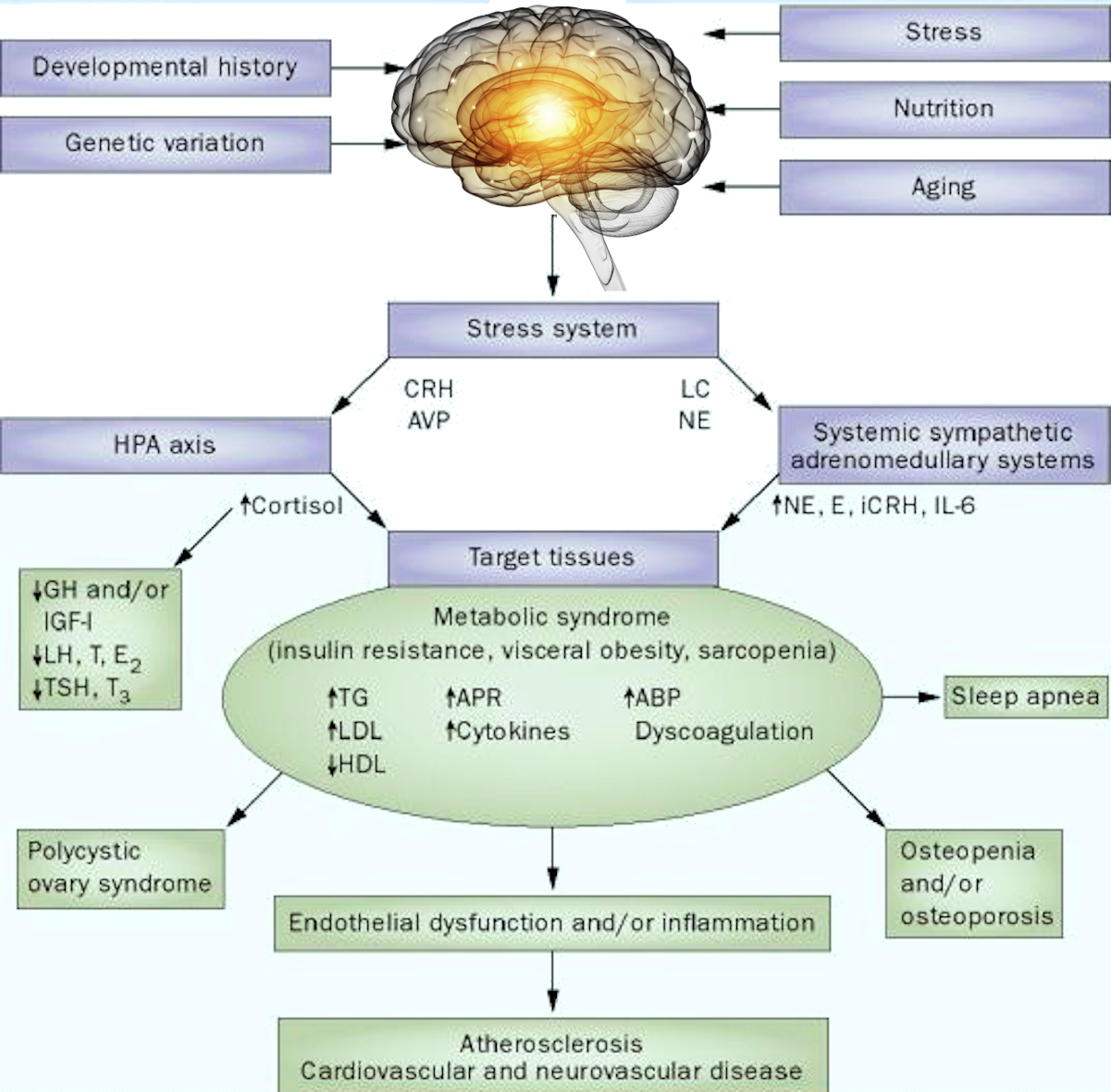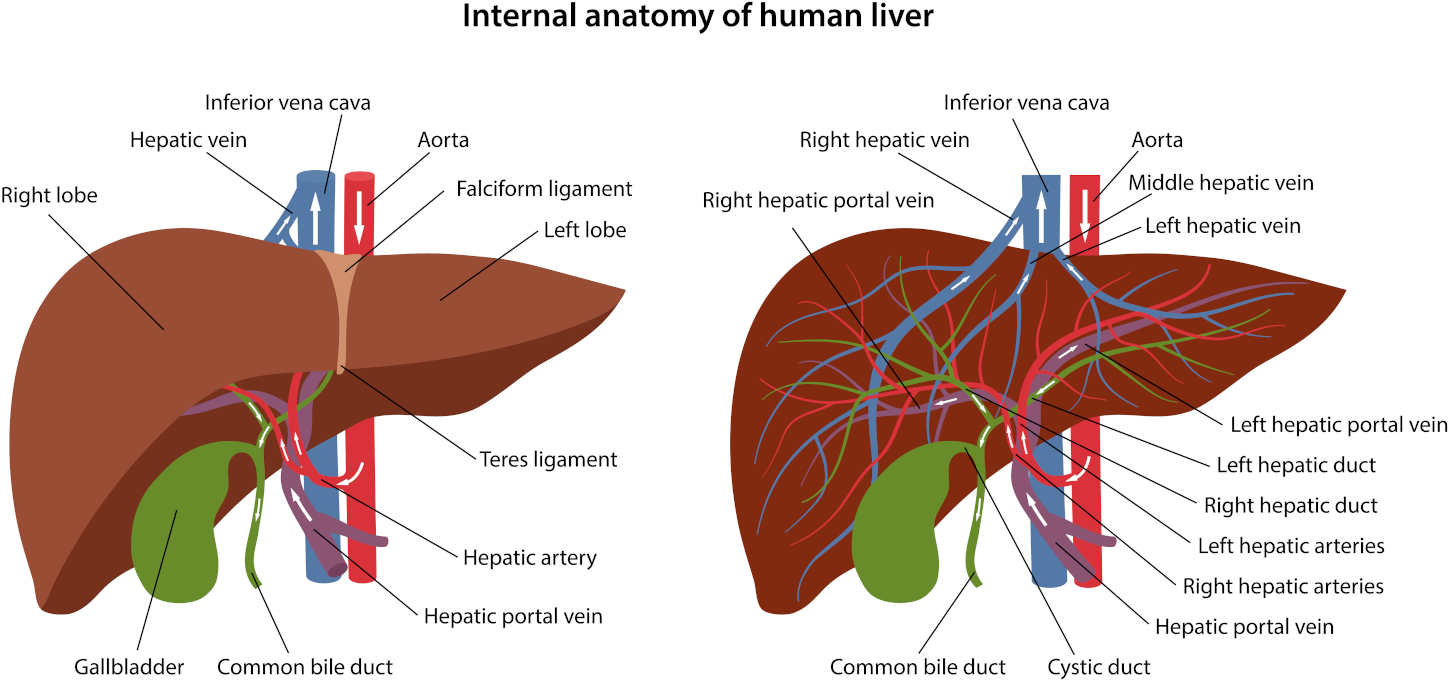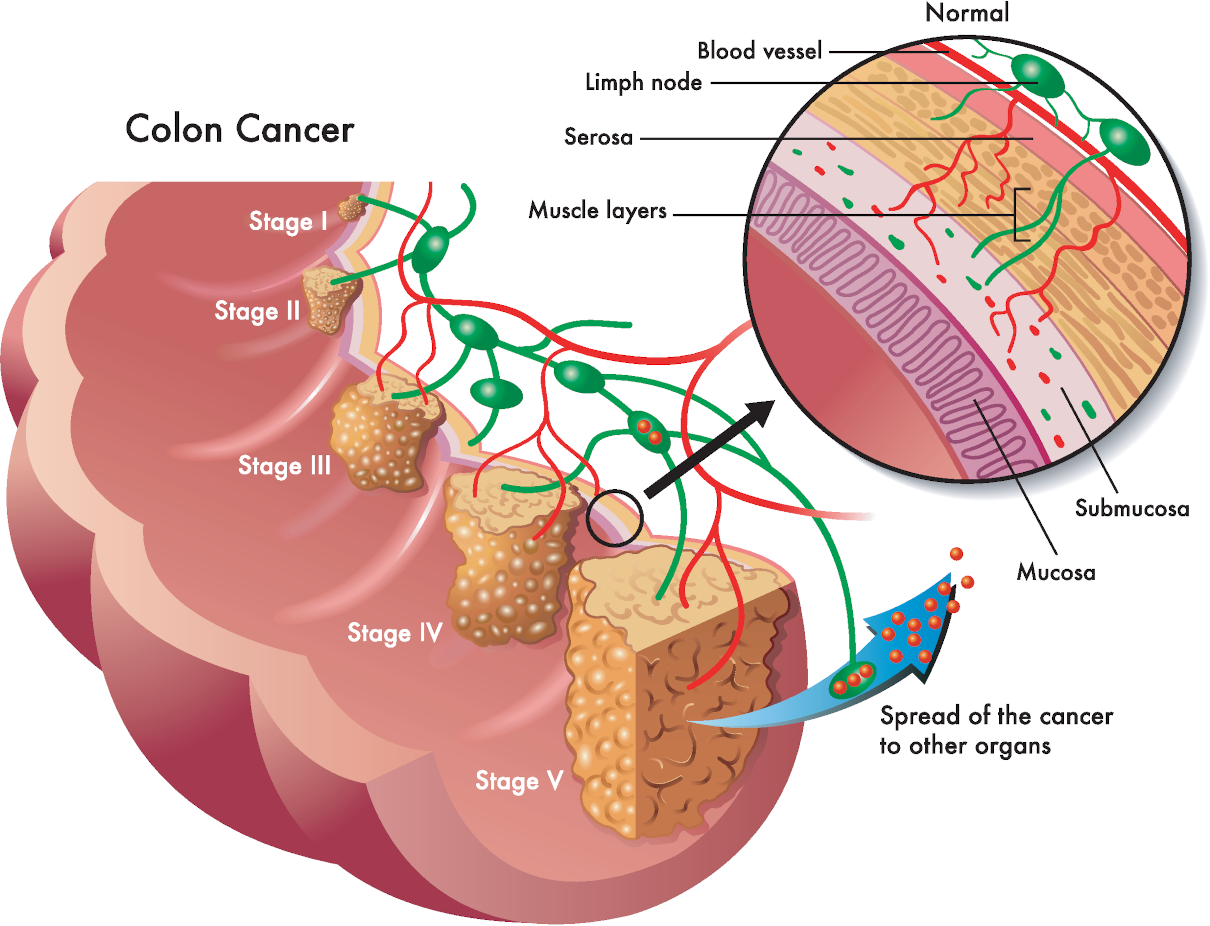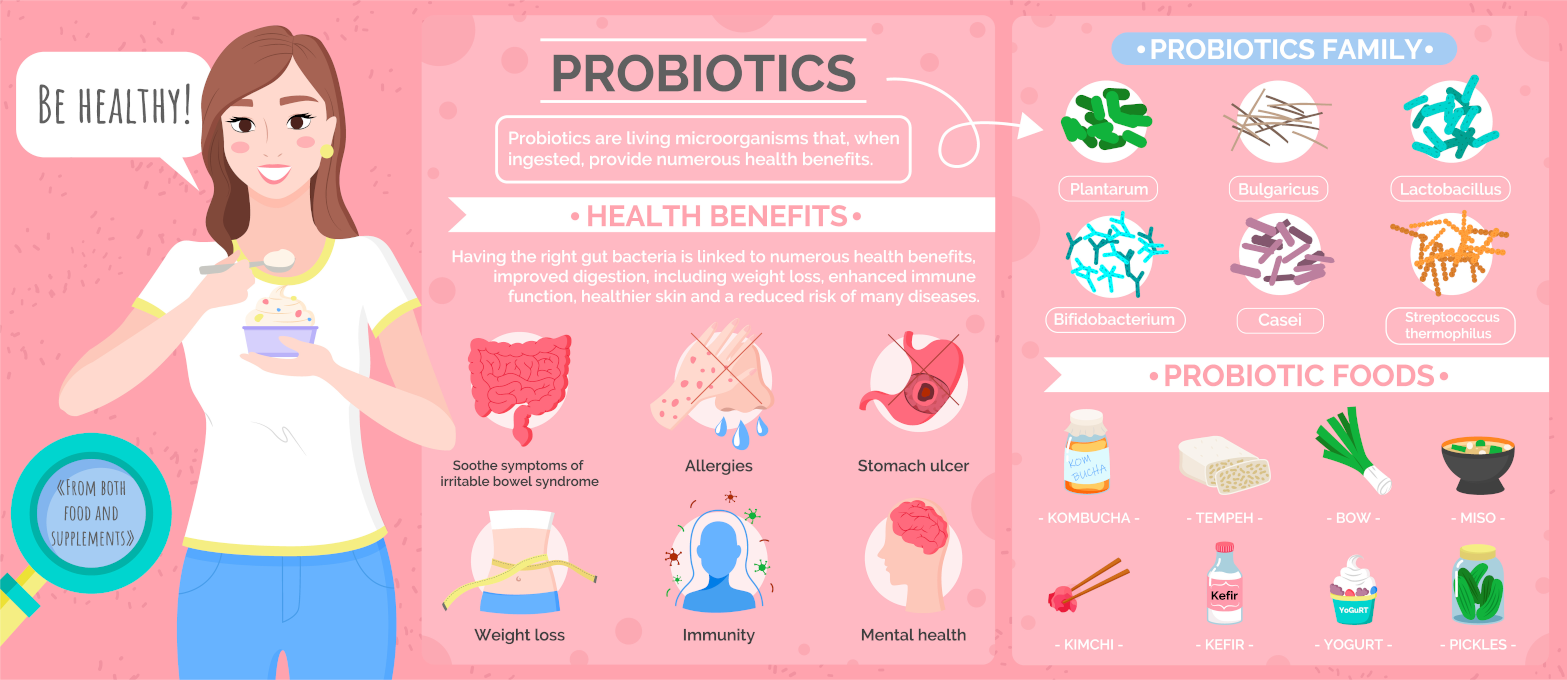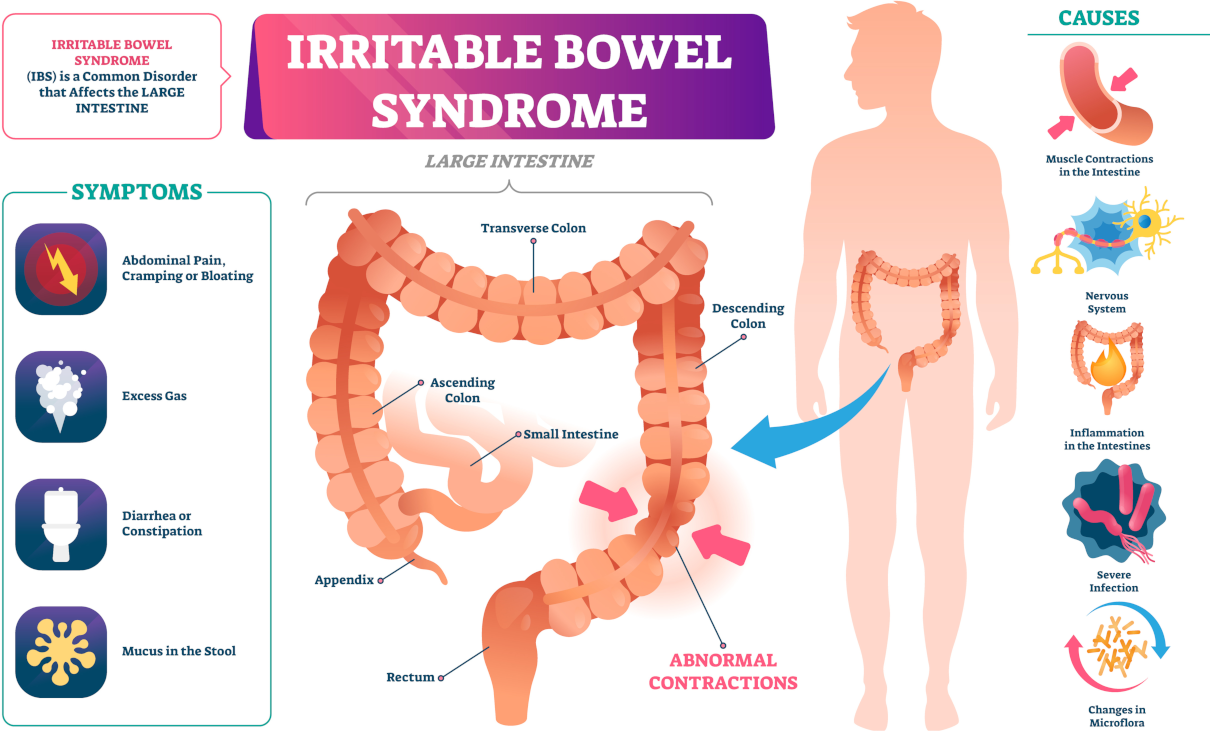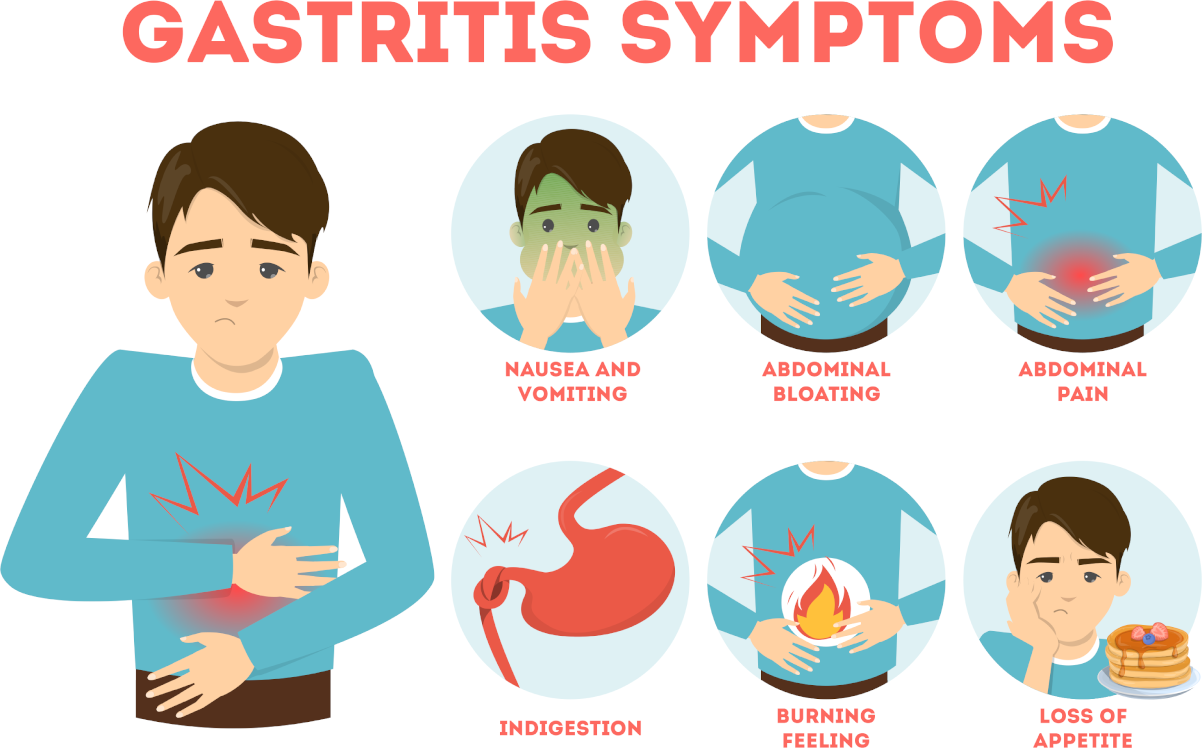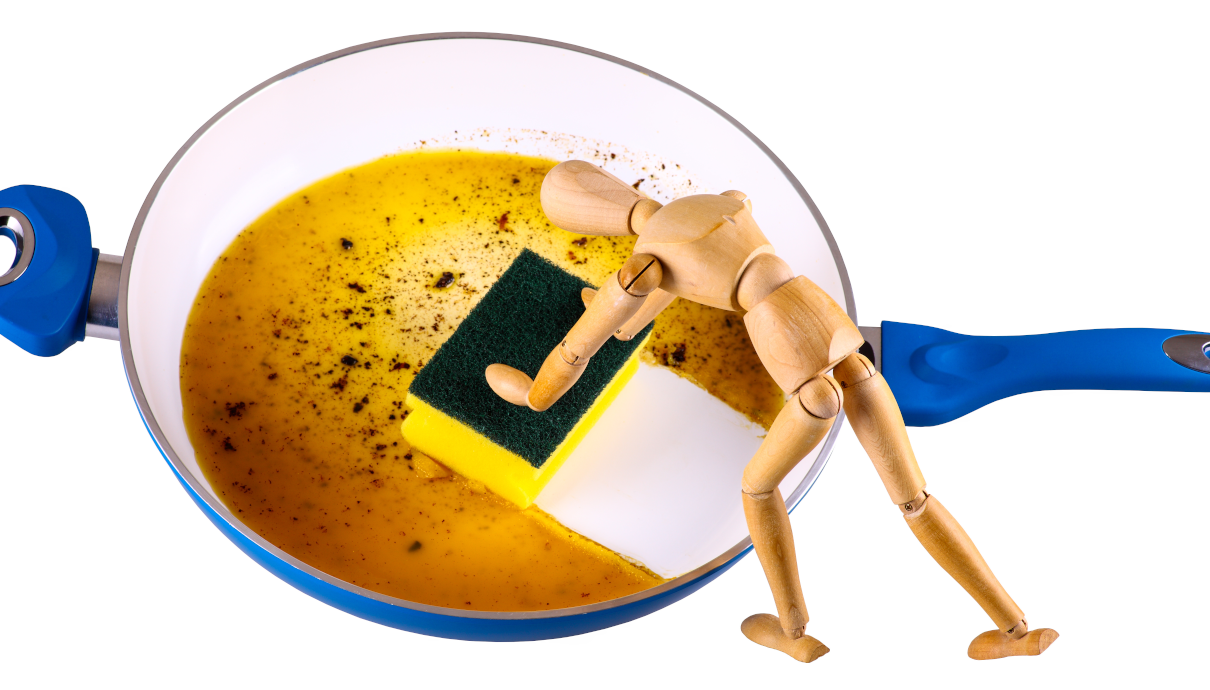
According to Pamela Whitney, ND, baked lasagna may be used as a metaphor for colon cleansing. Dr Whitney, educational director for the New England Health Institute, is a naturopathic physician who practices her profession in Braintree, Massachusetts and Stowe, Vermont. Here is how she describes the physical action of colonic irrigation:
“If you’ve ever baked lasagna and then attempted to sanitize the messy, leftover lasagna pan, you know the difficulty with cleaning it. For sponging such a food-caked pan, it’s usual for cooks to soak it overnight. Then they find that swabbing it the next day is easy. Colonic accomplishes the same ease of cleansing inside one’s bowel. Hydrotherapy constantly flushes the colon’s walls with clear fluid, removing mucous and some of their longstanding, caked-on faecal matter, which contains hidden bacteria, parasites, Candida albicans-filled pockets, and other pathological materials.”

Colonic Irrigation with anti-spasmodic herbs & bicarbonate of soda
Colon cleansing with ENEMA HERBS & bicarbonate of soda is highly anti-spasmodic and helps void gas during colon hydrotherapy. It is especially beneficial in the presence of IBS and spasms. Your appointment will also include initial consultation.
Literature furnished by the International Association for Colonic Irrigation I-ACT (see the Resource section) from its home office in San Antonio, Texas, defines colonic irrigation as a safe, effective method of removing waste from the large intestine without using drugs. Pure, filtered, temperature-regulated water introduced into the colon softens and loosens the human waste, resulting in evacuation through natural peristalsis. The therapeutic session includes repeating this flushing process, usually a few times.
Colonic irrigation is best combined with adequate nutrient and fluid intake and exercise. The modern and sophisticated technology applied today, manufactured through strict FDA guidelines, promotes the procedure’s safety and sanitation.
This procedure is like cleaning baked lasagna from a pan.
Dr Pamela Whitney advises that her healing program for almost any condition frequently involves prescribing colonic irrigation. “I almost always refer my patient to undertake colon cleansing as the first part of my treatment. I do this for purposes of detoxification since most people possess toxic bowels. Further, it may result in either constipation or diarrhoea coming from the same sources of toxicity,” she says. “The patients’ toxins tend to kick back to their bloodstreams. Then, it may perpetuate numerous pathologies such as candidiasis, allergies, chronic fatigue, and other symptoms. They usually come from the recirculation of accumulated physiological poisons.

Colonic with a liver stimulating herbal implant & bicarbonate of soda
Colon hydrotherapy with bicarbonate of soda and a herbal implant helps remove gas. It also stimulates, soothes and relaxes the liver and gallbladder. Consequently, sodium bicarbonate delivered to the colon through hydrotherapy can kill candida. Your appointment includes initial consultation.
“I use the services of at least three skilled colon hydrotherapists who practice near my two offices. I don’t know of any patient receiving colonic irrigation who has not benefited from it. Certainly, the treatment will get sluggish bowel functioning again. The action of just one colonic is an experience equivalent to someone undergoing twenty coffee enemas,” says Dr Whitney.
“What we eat, the processed foods such as bread, pasta, sugars, and refined deserts hit the gastrointestinal tract like glue. So, that substance becomes nearly indigestible. A prime source of allergies to wheat and other flour products is this flour is made into a kind of mucilage by being mixed with saliva. Further, this glue-like substance sticks to one’s GI tract walls to slow down the individual’s metabolic rate. After that, constipation with inflammation can develop. However, colonic irrigation solves such a problem.” As is apparent, Dr Pamela Whitney greatly advocates colonic irrigation. Moreover, she prescribes it as a standard part of her treatment.



